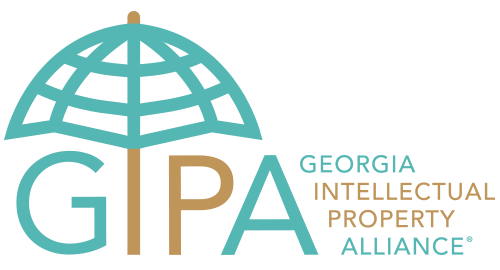Arts IP Corner: Infringement vs. Fair Use in Visual Art
by Julio Mejia
Many artists, academics, museum curators including myself as a visual artist have abandoned so many of our projects due to fear of being sued of copyright infringement or fair use violations. “Congress enacted the federal Copyright Act to protect works of authorship. The Act gives the owner of a copyright the exclusive right to do and authorize others to do certain things in regard to a copyrighted work, including: Make copies, distribute the work, display or perform the work publicly, and create derivative works.” Basic Copyright Principles - Stanford Copyright and Fair Use Center
The Fair Use Act is a doctrine full of gray areas that may be challenging to understand and follow, but it actually was written for artists to be able to use partial elements of copyrighted materials or what may be described as tangible medium of expression. “Fair use is a legal doctrine that promotes freedom of expression by permitting the unlicensed use of copyright-protected works in certain circumstances. Section 107 of the Copyright Act provides the statutory framework for determining whether something is a fair use and identifies certain types of uses such as criticism, comment, news, reporting, teaching, scholarship, and research as examples of activities that may qualify as fair use.” More Information on Fair Use | U.S. Copyright Office
We frequently investigate and add significant elements of our own creative visions by learning and building upon other artists that have mastered important works over time. It can be quite challenging for the courts, especially in this digital age, to decide whether an artist has blatantly appropriated another artist’s work in creation and sales. As artists, we need to be mindful on how we interpret the life-long experience and important bodies of work that artists of the past gifted us. Where is the line between inspiration and infringement? If artists add cultural value to existing or future works of art created by another, it can, by definition be deemed “fair use.”
Some interesting cases of copyright infringement and fair use can be found in this article: Top 10 Cases on Appropriation Art and the Law (fordham.edu) Artists wanting to build upon great inspiration of others’ works need to do so through thoughtful appropriation as the Fair Use Act was designed to allow artists to pursue and build on other great visionaries for the enrichment of society.
Julio Mejia is an internationally recognized American painter of Latin and European descent, and is an EAS IP Committee Member.

